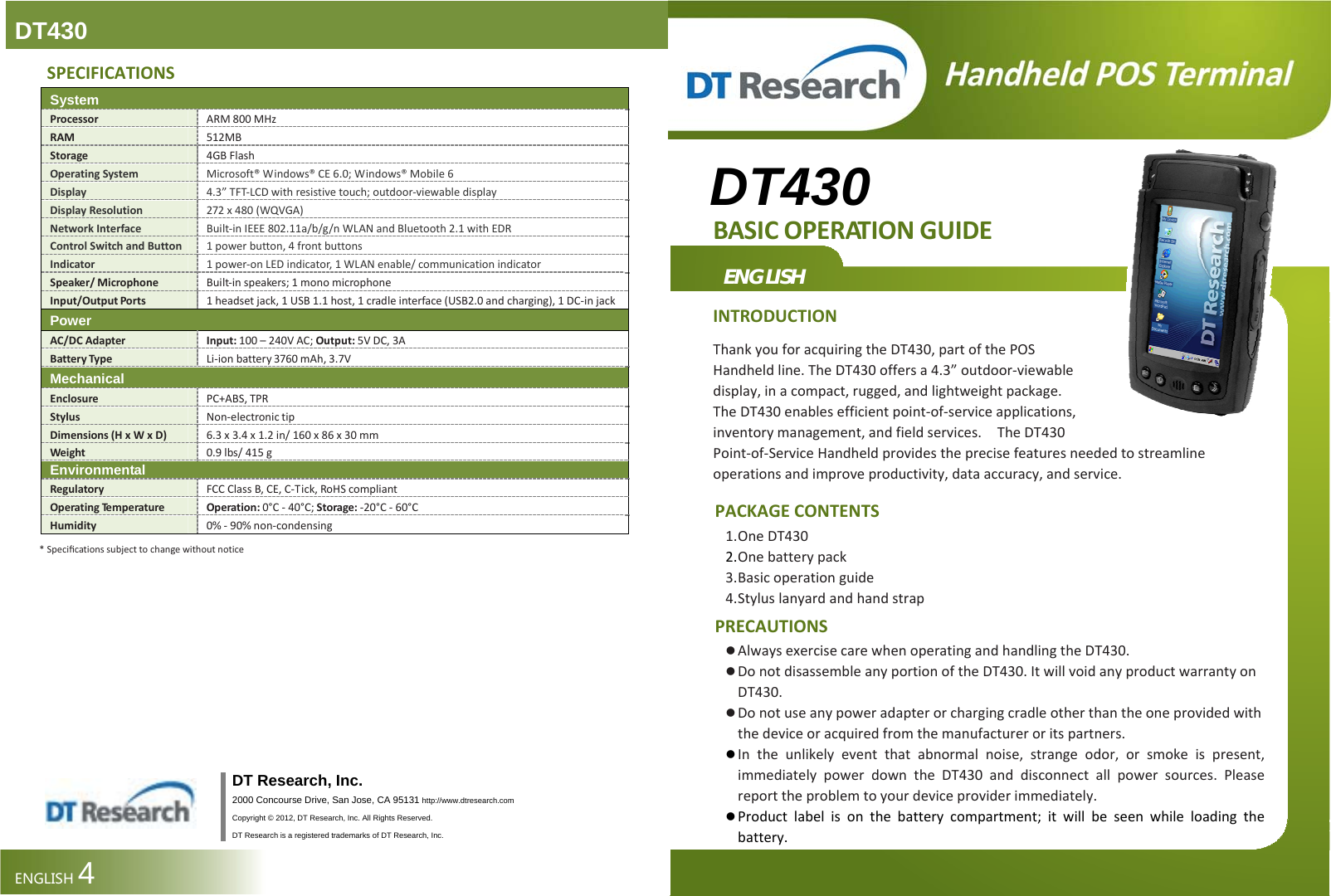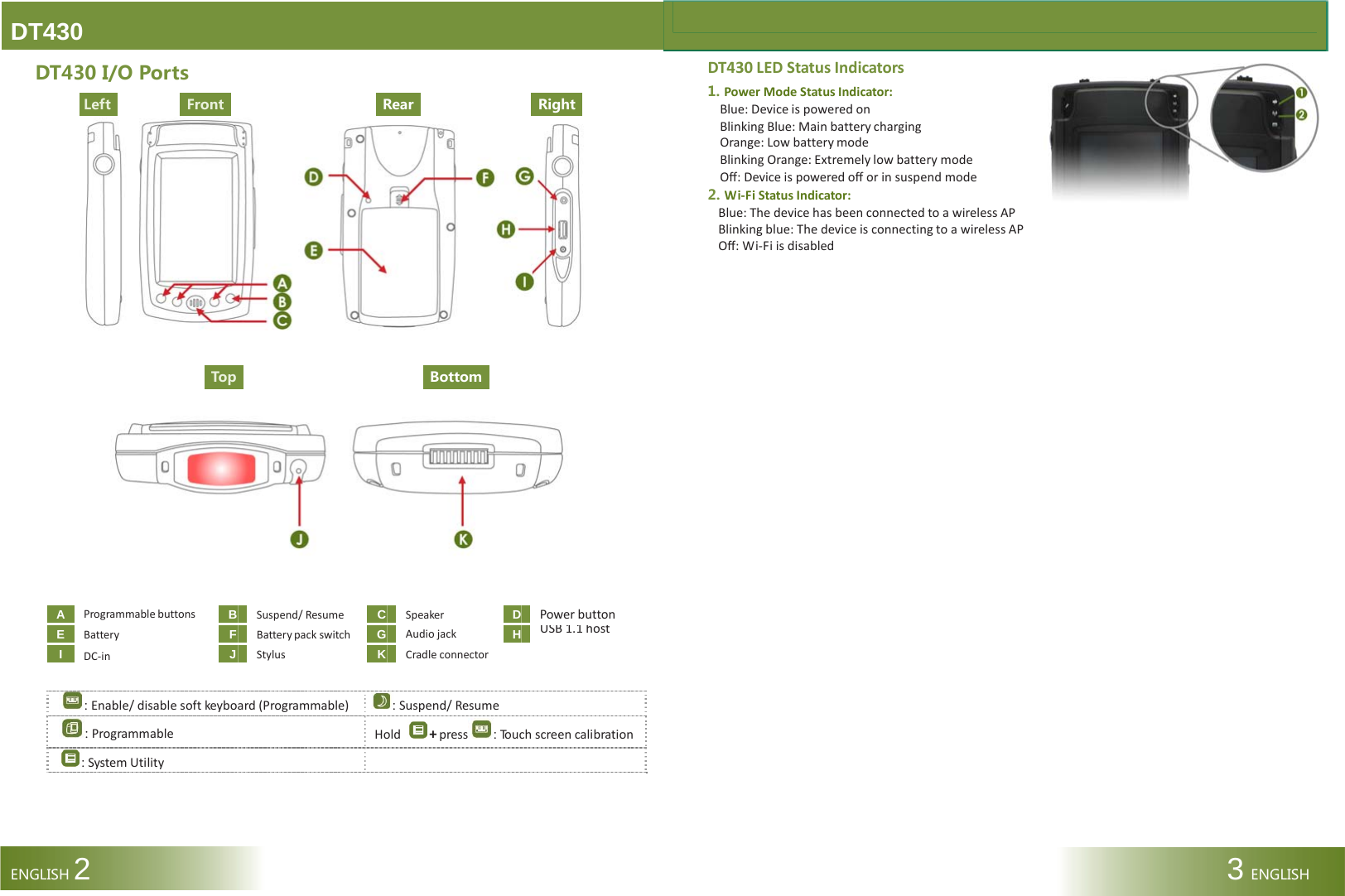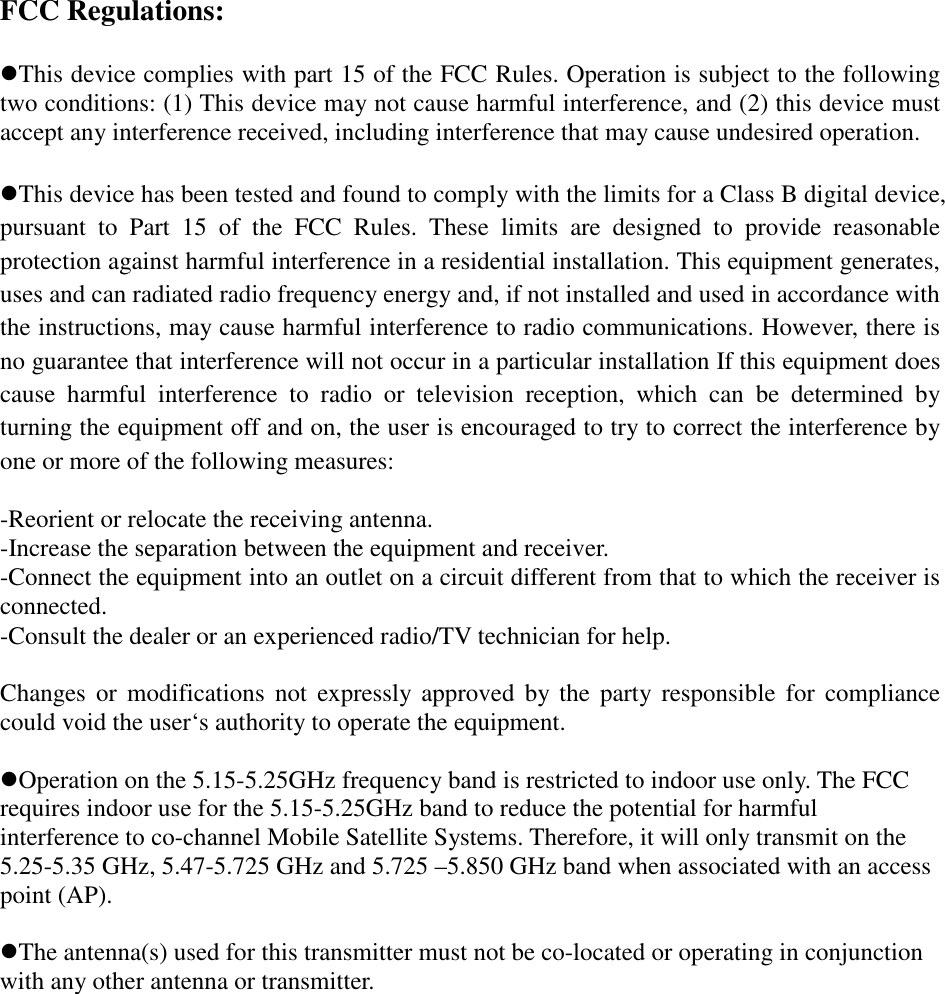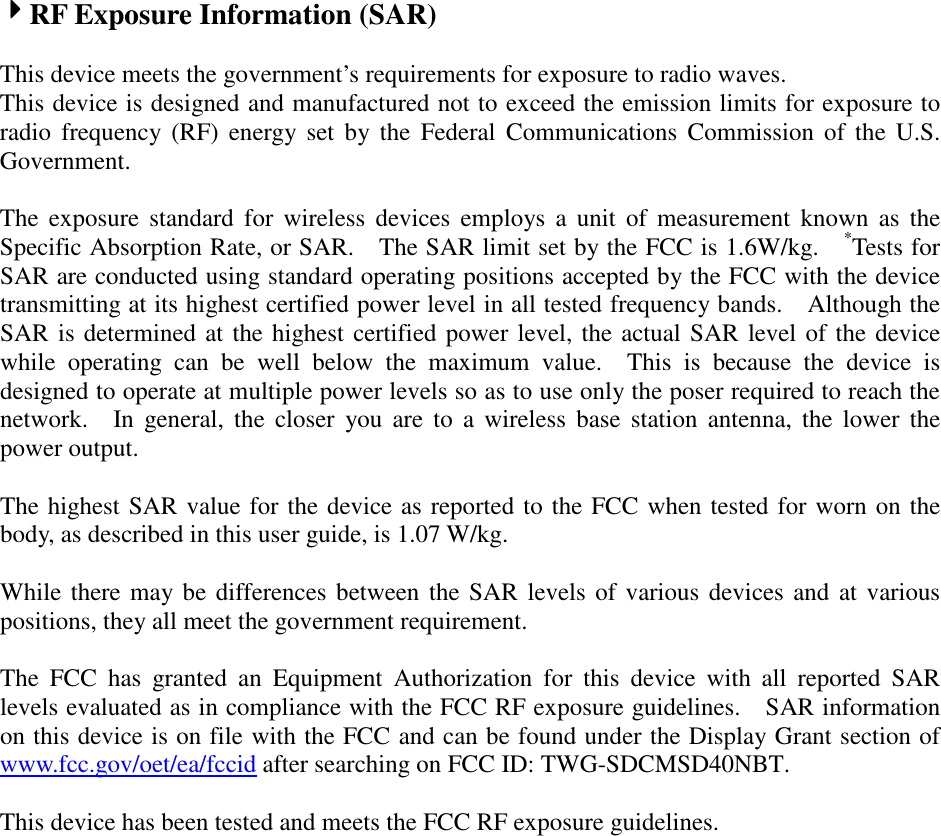Summit Data Communications SDCMSD40NBT 802.11abgn (1X1) + Bluetooth (2.1) module User Manual I
Summit Data Communications, Inc. 802.11abgn (1X1) + Bluetooth (2.1) module I
Contents
- 1. User Manual
- 2. user manual
- 3. user manual I
- 4. user manual II
user manual I



